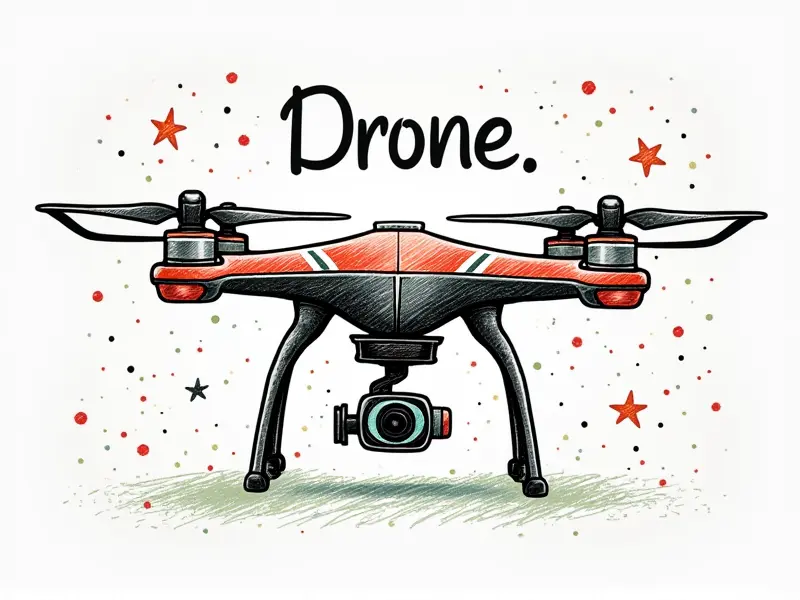Can drones sense obstacles?

How Effective Are Drone Obstacle Avoidance Systems?
The effectiveness of drone obstacle avoidance systems varies based on the technology and environment. Modern drones are equipped with advanced sensors like LiDAR, ultrasonic, and infrared, which provide real-time data for collision detection. These systems can detect obstacles at various distances and angles, ensuring safe flight paths in complex environments.
Advanced Obstacle Detection in Modern Drones
Modern drones utilize sophisticated obstacle detection technologies such as LiDAR (Light Detection and Ranging) and ultrasonic sensors to navigate through dense areas. These systems create a 3D map of the environment, allowing drones to avoid obstacles with high precision. Additionally, infrared sensors are used for detecting objects in low-light conditions.
Smart Obstacle Avoidance in FPV Racing Drones
FPV (First Person View) racing drones require quick reflexes and smart obstacle avoidance systems to navigate through narrow paths at high speeds. These drones often use advanced algorithms that process sensor data in real-time, enabling them to make split-second decisions to avoid collisions.
How FPV Racing Drones Navigate Complex Paths Safely
- Sensor Fusion: Combining multiple sensors like ultrasonic and infrared for comprehensive obstacle detection.
- Real-Time Processing: Utilizing powerful onboard processors to analyze sensor data instantly.
- Dynamic Path Planning: Adjusting flight paths based on real-time environmental changes.
Do Drones Automatically Avoid Obstacles?
Yes, many drones are designed with automatic obstacle avoidance features. These systems use a combination of sensors and advanced algorithms to detect obstacles and adjust the drone's course accordingly. However, the effectiveness depends on the specific model and environmental conditions.
The Future of Drone Safety: Obstacle Sensing
Future advancements in drone technology will likely include more sophisticated obstacle sensing capabilities, such as improved LiDAR systems and AI-driven navigation algorithms. These innovations will enhance safety and operational efficiency for a wide range of applications, from commercial to recreational use.
Understanding Drone Technology: Obstacle Detection
Drones employ various technologies for obstacle detection, including:
- LIDAR: Provides accurate distance measurements in 3D space.
- Ultrasonic Sensors: Detect obstacles at close range with high precision.
- Infrared Sensors: Useful for detecting objects in low-light conditions.
Top Obstacle-Sensing Features in RC Quadcopters
RC quadcopters often feature advanced obstacle-sensing technologies such as:
- ToF (Time of Flight) Sensors: Measure distance to obstacles accurately.
- Sonar Systems: Detect objects at varying distances and angles.
- Magnetic Compasses: Orient the drone for consistent navigation.
Why Your Drone Needs Obstacle Avoidance
Obstacle avoidance is crucial for ensuring safe operation of drones. It prevents collisions, reduces the risk of damage to both the drone and surrounding objects, and enhances overall flight performance in challenging environments.
Helicopter Drones: Object Detection Capabilities
- LIDAR: Helicopters use LIDAR for precise obstacle detection and mapping.
- Infrared Cameras: Detect objects in low-light conditions, enhancing night-time operations.
- Magnetic Sensors: Assist with orientation and navigation in complex environments.
Airplane Drones & Their Collision Sensors
- Radar Systems: Detect obstacles at long distances, ideal for high-altitude flights.
- LIDAR: Provides detailed 3D maps of the environment for precise navigation.
- Infrared Sensors: Useful for detecting objects in low-light conditions during night operations.
Conclusion
The ability of drones to sense and avoid obstacles is a critical feature that enhances their safety, performance, and versatility. With advancements in technology such as LiDAR, ultrasonic sensors, and infrared cameras, modern drones are better equipped than ever before to navigate complex environments safely. As drone technology continues to evolve, we can expect even more sophisticated obstacle detection systems, further expanding the potential applications of these versatile machines.

